The American South is renowned for its distinctive climate – hot, sticky summers where the air feels thick enough to cut with a knife and humidity levels that can make even the shortest outdoor excursion feel like a trip to a natural sauna. While many humans find these conditions challenging, the region’s unique weather patterns have created perfect habitats for numerous species that don’t just tolerate the heat and humidity but actually thrive in it. From the scaled residents of cypress swamps to the buzzing insects that fill summer evenings with their chorus, these creatures have evolved specialized adaptations that allow them to flourish where others would wilt. Let’s explore the fascinating world of critters that call the sweltering Southern states their home and discover how they’ve mastered the art of living in conditions that have the rest of us reaching for air conditioning and cold drinks.
Alligators: Masters of Swamp Life

The American alligator (Alligator mississippiensis) stands as perhaps the most iconic resident of Southern wetlands. These prehistoric-looking reptiles have inhabited the region for millions of years, perfectly adapting to the hot, humid conditions of the Southeast. Alligators are ectothermic, meaning they rely on external heat sources to regulate their body temperature. The warm Southern climate provides ideal conditions for these massive reptiles to maintain their preferred body temperature between 82-92°F.
During extreme heat, alligators employ fascinating behavioral adaptations. They may submerge most of their bodies in water while leaving their nostrils exposed, or engage in “gaping” behavior – opening their mouths wide to release excess heat. With populations thriving across Florida, Louisiana, Georgia, and other Gulf states, these resilient reptiles have made a remarkable recovery from near extinction in the mid-20th century. Today, an estimated 5 million alligators inhabit the Southern United States, demonstrating their perfect adaptation to the region’s sweltering conditions.
Copperheads: Heat-Sensing Hunters

The copperhead snake (Agkistrodon contortrix) is a venomous pit viper that thrives in the warm, humid environments of the South. These medium-sized snakes are highly adapted to the region’s climate, with specialized heat-sensing pits located between their eyes and nostrils. These organs allow copperheads to detect minute temperature differences – as small as 0.003°C – enabling them to locate warm-blooded prey even in complete darkness. This remarkable adaptation gives them a significant hunting advantage in the hot Southern nights.
Copperheads are particularly active during warm, humid evenings when their prey is also most active. Unlike many reptiles that struggle in high humidity, copperheads actually benefit from the moist conditions that keep their skin hydrated and aid in shedding. Their coloration – a distinctive pattern of hourglass-shaped copper-colored bands – provides perfect camouflage among the fallen leaves and forest debris of Southern woodlands. This camouflage is so effective that many unfortunate human encounters occur simply because people fail to notice these well-disguised snakes underfoot.
Fire Ants: Aggressive Southern Invaders

Red imported fire ants (Solenopsis invicta) have become synonymous with Southern outdoor experiences – often painful ones. Native to South America, these ants were accidentally introduced to the United States through the port of Mobile, Alabama, in the 1930s. Since then, they’ve spread across the South, thriving in the warm, humid climate that closely resembles their native habitat. These tiny invaders have a significant economic impact, causing an estimated $6.7 billion in damage annually through agricultural losses, equipment damage, and medical treatments for their painful stings.
Fire ants display remarkable adaptations to Southern weather patterns, particularly during flooding events common in humid regions. When floodwaters rise, colonies form living rafts by linking their bodies together, creating waterproof structures that can float for weeks until reaching dry land. Their aggressive defense behavior is well-known to Southerners – when disturbed, hundreds of ants emerge to attack simultaneously, delivering painful stings that cause characteristic pustules. Their success in the South is partly due to their ability to thrive in disturbed habitats and their capacity to survive temperature fluctuations between 70-95°F, perfectly matching the Southern climate profile.
Cicadas: Summer’s Deafening Soundtrack
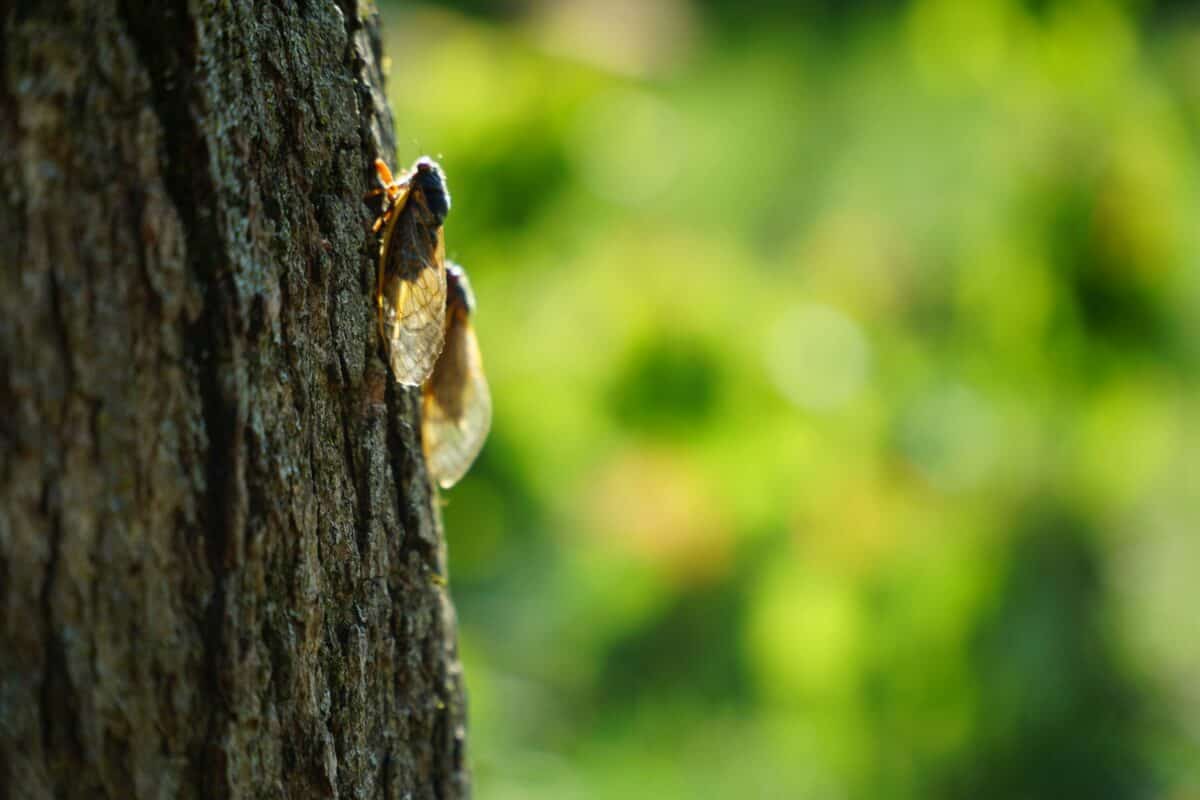
Few sounds evoke Southern summer evenings like the pulsating chorus of cicadas. These remarkable insects are perfectly adapted to the South’s heat and humidity, with some species producing calls that can reach an astonishing 100 decibels – comparable to a chainsaw or motorcycle. While the famous periodical cicadas emerge in 13 or 17-year cycles, annual cicadas appear every summer across the Southern states, providing the region’s distinctive background soundtrack. The intensity of their calls actually increases with temperature, making hot Southern days particularly noisy.
Cicadas have several adaptations that help them thrive in hot, humid conditions. Their emergence is timed to coincide with optimal temperature and humidity levels, typically when soil temperatures reach about 64°F. Once above ground, cicadas can regulate their body temperature through evaporative cooling, similar to how humans sweat. The humid Southern air actually benefits cicadas by preventing them from drying out during their brief adult phase. After spending years underground feeding on tree roots, adult cicadas emerge for just a few weeks with one purpose: to mate. Their synchronized emergence in massive numbers is itself an adaptation, overwhelming potential predators through sheer quantity.
Anoles: Color-Changing Lizards
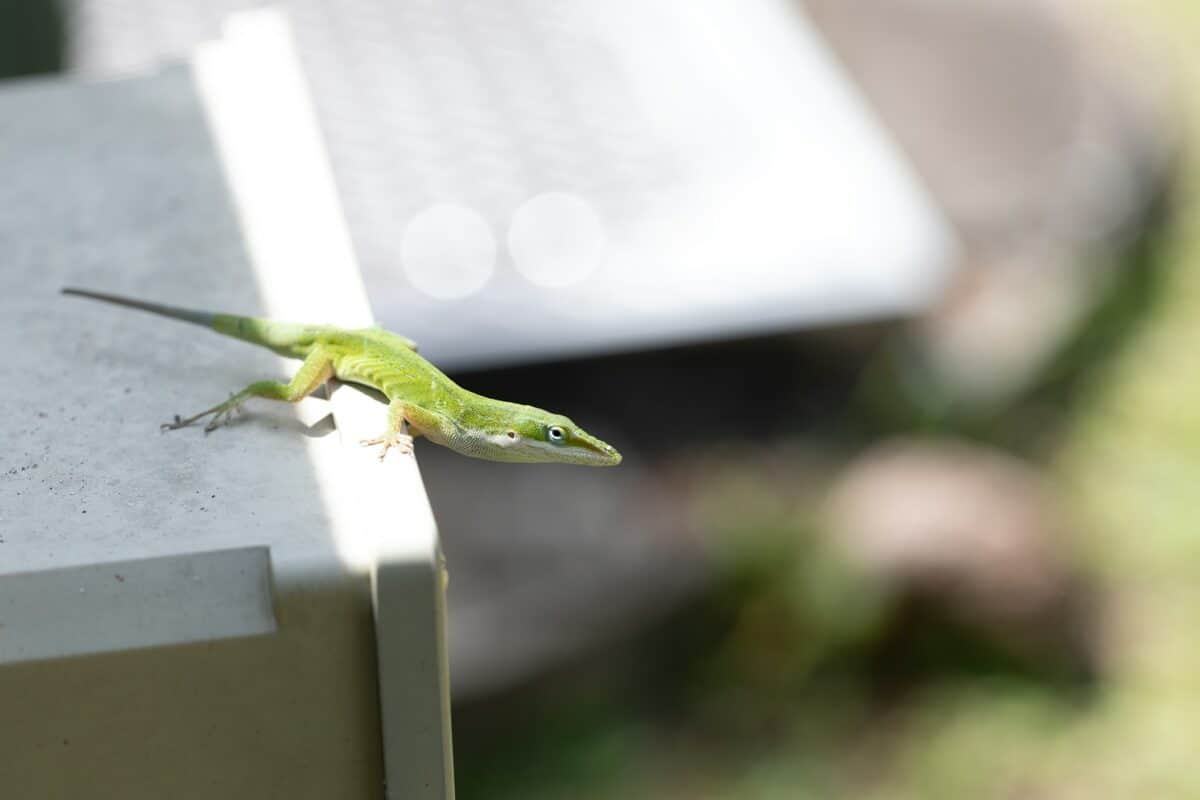
Green anoles (Anolis carolinensis), often mistakenly called chameleons, are small arboreal lizards native to the Southeastern United States. These engaging reptiles are perfectly suited to the region’s hot, humid climate, which allows them to remain active nearly year-round in the Deep South. Anoles are ectothermic, relying on external heat sources to regulate their body temperature, but unlike many reptiles, they prefer humidity levels above 60% – making the muggy Southern climate ideal. Their semi-arboreal lifestyle keeps them among the leaves and branches where humidity tends to be highest.
One of the anole’s most remarkable adaptations is their color-changing ability, which serves multiple purposes in their humid environment. While they cannot match the color range of true chameleons, anoles can shift from bright green to brown depending on temperature, humidity, and emotional state. In hot conditions, they often display lighter colors to reflect heat, while cooler or more humid conditions might trigger darker coloration. Their distinctive pink dewlap (throat fan) is used for territorial displays and mating signals. These adaptable lizards have become such a fixture in Southern gardens and porches that many residents consider them welcome neighbors, appreciating their appetite for insects and charming antics.
Lubber Grasshoppers: Colorful Giants
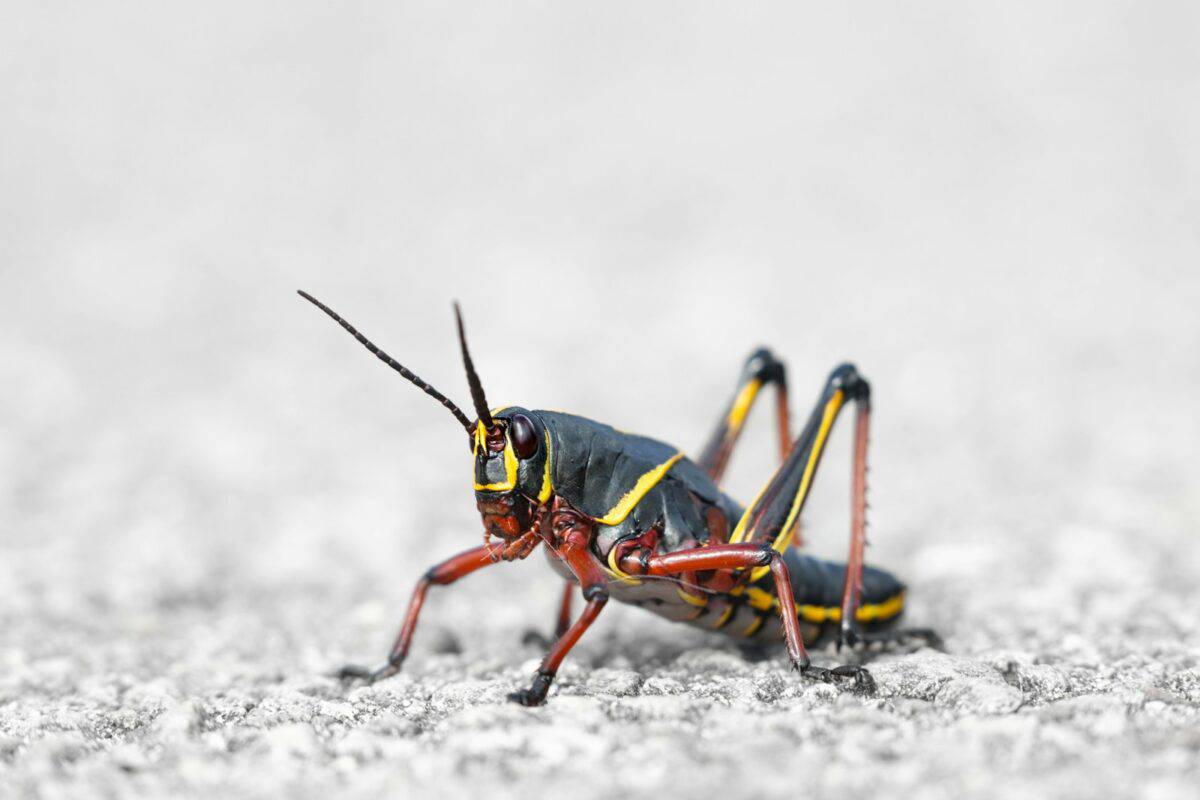
The eastern lubber grasshopper (Romalea microptera) is a striking insect that thrives in the hot, humid Southeastern United States. Growing up to 3 inches long, these grasshoppers are among the largest in North America and display warning coloration ranging from bright yellow to orange with black accents. Unlike many grasshopper species that prefer drier conditions, lubbers have adapted to the high humidity of Southern environments, particularly favoring the damp soils of wetlands and meadows. Their lifecycle is perfectly synchronized with Southern seasonal patterns, with eggs hatching in early spring as temperatures and humidity begin to rise.
Lubber grasshoppers possess several defenses that make them successful in the South despite their slow, plodding movement and inability to fly effectively. When threatened, they can secrete a foul-smelling foam from their thoracic joints and regurgitate toxic digestive fluids – adaptations that deter most predators. Their robust exoskeleton helps them retain moisture in hot conditions while providing protection from predators. Although considered agricultural pests due to their voracious appetite for crops and ornamental plants, lubbers have become an iconic part of the Southern landscape, their bright colors standing out against green vegetation during summer months when their populations peak.
Mosquitoes: The South’s Persistent Pests

No discussion of Southern humidity-loving creatures would be complete without mentioning mosquitoes. The South’s combination of warmth, humidity, and abundant standing water creates ideal breeding conditions for numerous mosquito species. Female mosquitoes, the only ones that bite, require water to lay their eggs, and the frequent afternoon thunderstorms characteristic of Southern summers provide plenty of temporary pools. The region’s extended warm season allows mosquitoes to complete multiple life cycles, with some areas experiencing mosquito activity nearly year-round. In parts of Florida and the Gulf Coast, over 80 mosquito species can be found, each adapted to slightly different ecological niches.
Mosquitoes have evolved sophisticated adaptations to thrive in humid environments. Their bodies are covered in water-repellent scales that prevent them from becoming waterlogged in high humidity. Many species have synchronized their lifecycle with rainfall patterns, with eggs hatching shortly after rains create new breeding sites. The Asian tiger mosquito (Aedes albopictus), an invasive species now common throughout the South, has been particularly successful due to its ability to breed in tiny water containers and adapt to urban environments. While undeniably annoying and potentially dangerous as disease vectors, mosquitoes play ecological roles as pollinators and food sources for birds, bats, and fish that help keep their populations in check.
Crayfish: Mud-Dwelling Engineers

Crayfish (also called crawfish or mudbugs) are freshwater crustaceans that have achieved cultural icon status in Southern states, particularly Louisiana where they feature prominently in regional cuisine. The South is home to over 350 crayfish species – more than anywhere else in the world – with many endemic to specific river systems or regions. These arthropods thrive in the humid environment, inhabiting not only waterways but also creating distinctive mud chimneys in damp fields and lawns. These structures can extend several feet underground, allowing crayfish to reach the water table during dry periods while maintaining the humid conditions they require.
Crayfish have developed remarkable adaptations to the South’s alternating patterns of heavy rainfall and periodic drought. Many species can survive in water with low oxygen levels, common in warm Southern waters, by using specialized gill structures. During drought, some species enter a state of dormancy in their burrows where humidity remains high even when surface conditions are dry. As ecosystem engineers, crayfish burrows provide habitat for numerous other species and influence soil hydrology across the Southern landscape. Their ecological importance is matched by their cultural significance, with Louisiana alone harvesting over 100 million pounds of crayfish annually for consumption.
Banana Slugs: Slimy Moisture Lovers
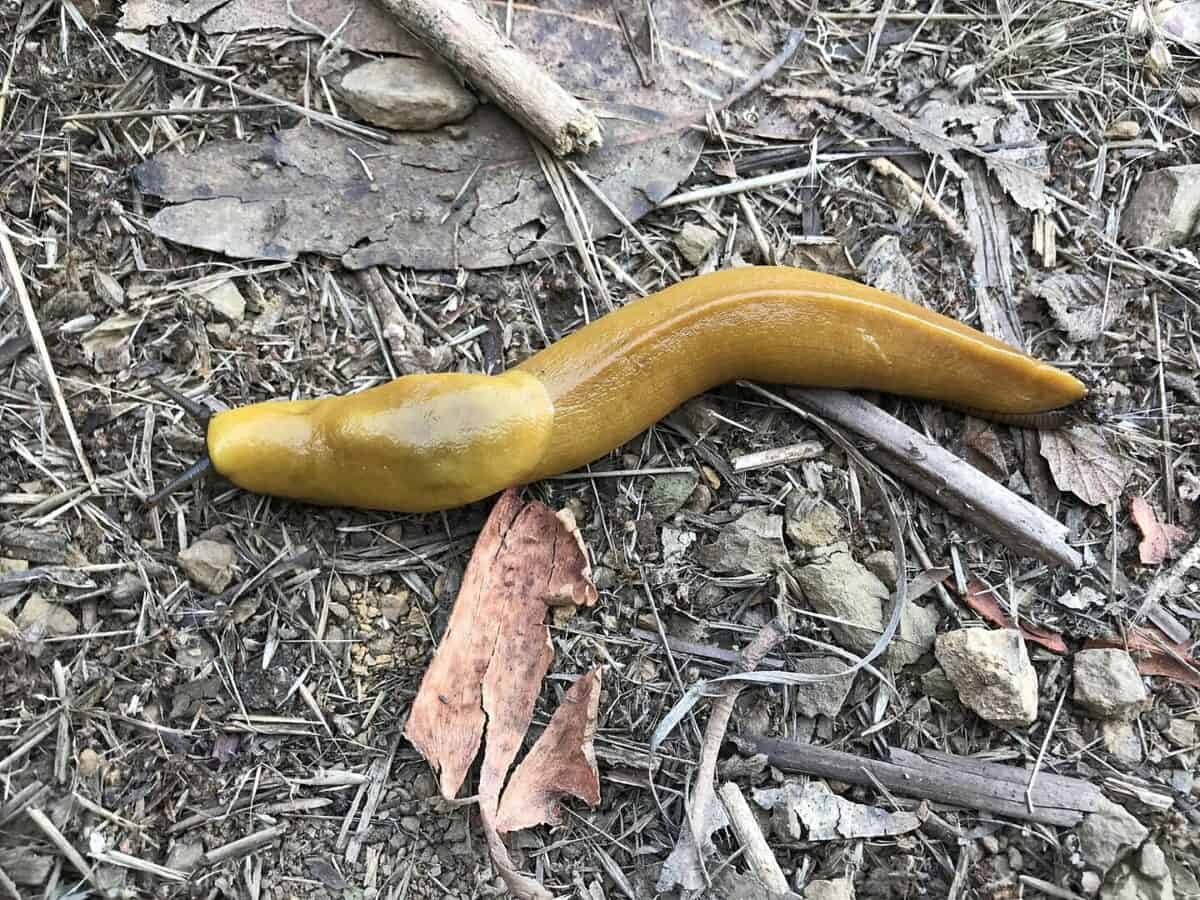
While most commonly associated with the Pacific Northwest, several species of large slugs thrive in the humid forests of the Southern Appalachians and other moist Southern habitats. These gastropods are moisture-dependent creatures that reach their greatest activity during humid nights or rainy periods. Their soft, permeable bodies require constant moisture to prevent desiccation, making the high humidity of Southern forests ideal habitat. Some Southern species can grow up to six inches long and display striking coloration ranging from deep browns to vibrant yellows.
Slugs possess fascinating adaptations for life in humid environments. They produce copious amounts of mucus that serves multiple functions: it reduces friction for movement, helps them adhere to vertical surfaces, deters predators, and most importantly, creates a protective layer that prevents dehydration. This mucus contains compounds that can absorb water directly from humid air. Slugs are primarily nocturnal, emerging at night when humidity rises to nearly 100% in many Southern locations. Despite being considered garden pests, these mollusks play important ecological roles in decomposition and nutrient cycling, breaking down dead plant material and fungal matter throughout the Southern forest floor.
Water Moccasins: Aquatic Ambushers

The water moccasin or cottonmouth (Agkistrodon piscivorus) is a semi-aquatic pit viper perfectly adapted to the swamps, marshes, and waterways of the Southeastern United States. These substantial snakes, which can grow up to six feet long, thrive in the region’s hot, humid conditions. Unlike many reptiles that must retreat from excessive moisture, water moccasins have waterproof scales and specialized facial anatomy that allows them to submerge almost completely while keeping their eyes and nostrils above the surface. This adaptation enables them to remain hidden while awaiting prey in the warm waters of Southern swamps.
Water moccasins display several behaviors that capitalize on the South’s climate. During extreme heat, they become more nocturnal, hunting during humid evenings when temperatures are more moderate. Their name “cottonmouth” refers to their defensive display of opening their mouths wide to reveal the striking white lining – a warning display often seen during hot summer encounters. These snakes are one of the few vipers comfortable in aquatic environments, moving efficiently both in water and on land. Their diet reflects this versatility, consisting of fish, amphibians, small mammals, birds, and other reptiles – essentially any animal they can overpower in their humid habitat.
Armadillos: Armored Southern Immigrants
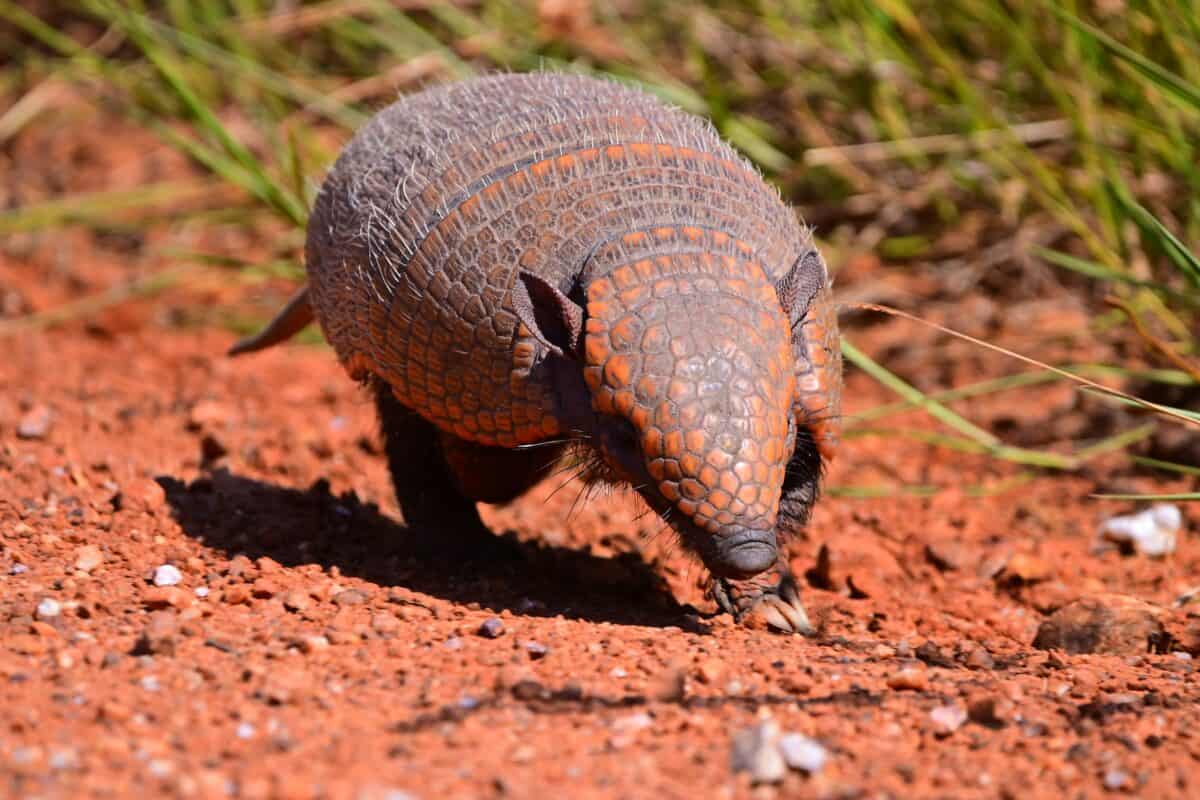
The nine-banded armadillo (Dasypus novemcinctus) has become an increasingly common sight across the Southern United States over the past century. Originally native to South America, these distinctive mammals began expanding their range northward in the late 1800s, finding the warm, humid Southern climate remarkably similar to their ancestral habitat. Armadillos have poor temperature regulation mechanisms and limited fat storage, making them sensitive to cold but well-adapted to warm, humid environments. The moist soils of the South are perfect for their digging behavior, as dry soil would be too difficult for them to excavate effectively.
These armored mammals have several adaptations that make them successful in the South’s climate. Their diet consists largely of insects and small invertebrates that abound in humid environments, with a single armadillo capable of consuming up to 40,000 ants in one meal. Their characteristic “rooting” behavior, where they dig small holes in search of food, is facilitated by the South’s soft, damp soils. Perhaps most remarkably, armadillos can control their buoyancy by swallowing air to float across water bodies or walking along the bottom of shallow streams holding their breath for up to six minutes – adaptations perfectly suited for navigating the numerous waterways of the Southern landscape. Despite being considered agricultural pests by some, armadillos provide valuable ecosystem services by controlling insect populations and aerating soil.
Conclusion: Living with the South’s Heat-Loving Critters
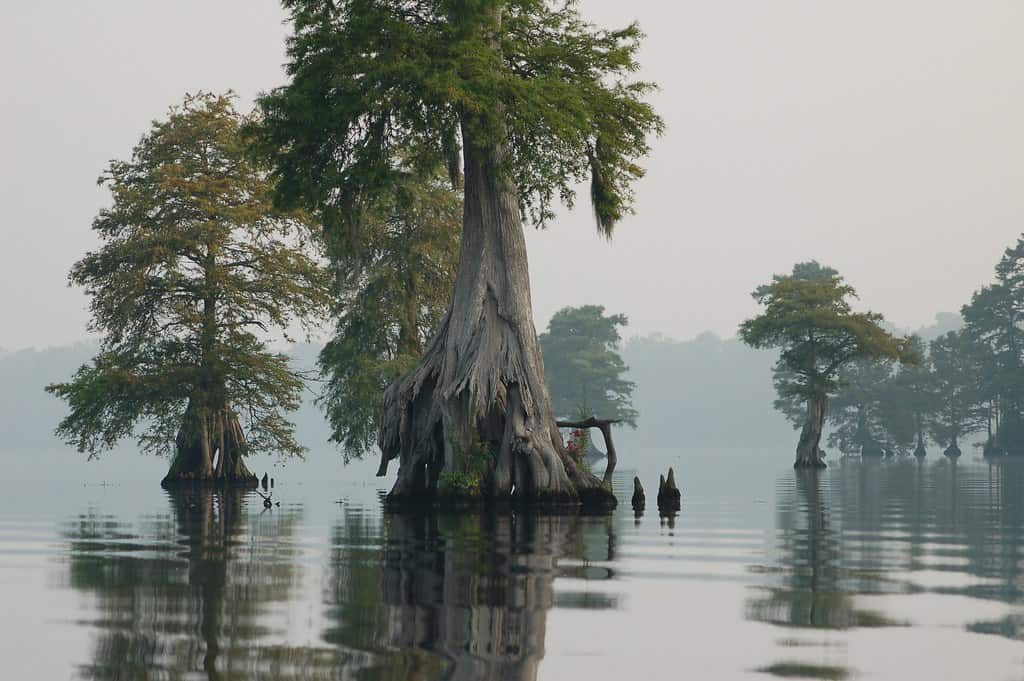
The diverse array of creatures that thrive in the South’s heat and humidity represents millions of years of evolutionary adaptation to the region’s distinctive climate. From alligators basking in cypress swamps to cicadas filling summer evenings with their chorus, these species have not just survived but flourished in conditions many humans find challenging. Understanding these adaptations gives us greater appreciation for the biodiversity that makes the Southern states ecologically unique. As climate patterns continue to shift, many of these heat-adapted species may expand their ranges northward, while those with narrow temperature tolerances might face increasing challenges.
For Southern residents, coexisting with these creatures often requires its own adaptations – screens on windows, careful inspection of shoes left outside, and vigilance around water bodies. Yet this rich biodiversity also provides countless benefits, from mosquito-eating bats and anoles to the cultural significance of species like crawfish and alligators that have become emblematic of Southern identity. As we face increasing global temperatures, these heat-loving species offer valuable lessons in resilience and adaptation. The next time the humidity has you seeking air-conditioned refuge, remember that just outside, countless creatures are in their element, perfectly at home in the South’s distinctive climate.
- Meet the Critters That Love Southern Heat and Humidity - August 20, 2025
- This 19th-Century Sinkhole Swallowed a Theater in Minutes - August 20, 2025
- This Tiny Creature Can Survive Being Boiled, Frozen, and Even Space - August 20, 2025

